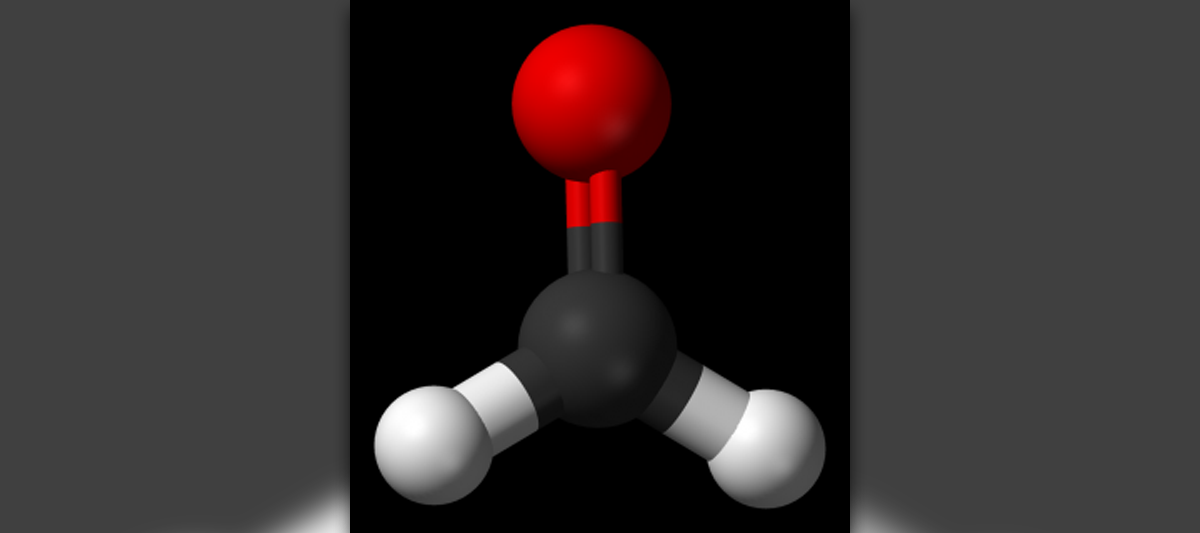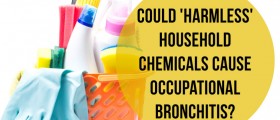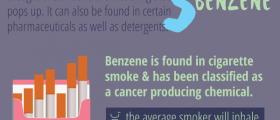
Formaldehyde is a gas at room temperature and it is obtained from the process of methanol oxidation. This gas is colorless and highly flammable. It is also poisonous and may cause suffocation in people. The chemical formula of formaldehyde is CH2O. This gas is used in more than several industries, as a disinfectant and it is also essential compound for tissue fixation and the process of embalming.
Formaldehyde poisoning occurs due to inhalation of this poisonous gas. Even ingestion of formaldehyde may cause poisoning. This is a serious medical condition and represents a medical emergency. The poisoning basically occurs in people whose professions require contact with formaldehyde. These professions include people working in certain industries (such as chemical industry), pathologists and anatomists. Accidental poisoning may also occur due to contact with many products which contain formaldehyde such as adhesives, air fresheners, carper cleaners, dyes, disinfectants etc.
Symptoms of Formaldehyde Poisoning
The symptoms and signs of formaldehyde poisoning basically depend on the amount of formaldehyde which has entered the body and whether formaldehyde has been inhaled or ingested.
The most common symptoms and signs of formaldehyde poisoning are nausea, irritation of the eyes, nose and throat, headache, skin rash and injury, the feeling of tightness in the chest and wheezing. In case formaldehyde is swallowed it causes burns to the esophagus and stomach. In severe cases there is chance of hypotension, arrhythmia and irregular breathing. Patients are usually restless and may even lose consciousness.
Long time exposure to small amount of formaldehyde may cause respiratory symptoms which resemble those in asthma, bronchitis or pneumonia. Apart from the previously mentioned it is essential to mention that prolonged exposure to formaldehyde may eventually result in lung or brain cancer. This substance is, therefore, considered a highly potential carcinogen.
Complications caused by formaldehyde poisoning are more intensive in children since their immune system is not fully developed. Coma and lethal outcome are the most serious complications of formaldehyde poisoning.
Treatment for Formaldehyde Poisoning
The presence of formaldehyde in patient's body can be easily confirmed by the patch test.
The treatment for formaldehyde poisoning includes several medications and the patients are generally hospitalized. The treatment consists of symptomatic therapy and supportive measures. It is essential to identify the source of poisoning and move the patients away from it. Suitable preventive measures must be taken in order to prevent poisoning. This particularly refers to people manipulating with products containing formaldehyde. For example, one way of prevention includes wearing of safety masks. Apart from this there are several more preventive measures which must be regularly applied and keeping the products which contain formaldehyde away from children is only one of them.

















Your thoughts on this
Loading...